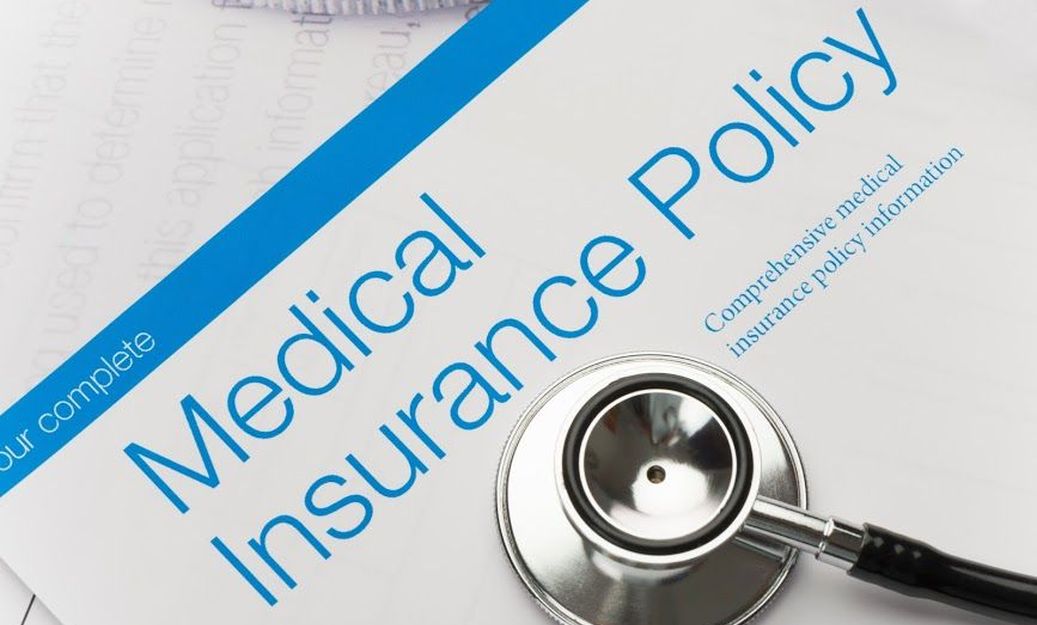How to Start an Association Health Plan
Commonality of Interest, Formal Organization, Control
By Kev Coleman - Health Insurance Industry Expert & Author
Updated on January 25, 2020

New regulations have made it easier for employers to join together within an association and provide lower-cost large group health coverage to their employees. However, many employers are looking for guidance regarding how an association may be started and then sponsor a health plan. This article provides:
- Guidance on foundational issues surrounding the creation of an association health plan
- Commentary on filings related to the launch of association health plan
- Satisfaction of bona fide association criteria
It should be noted that AssociationHealthPlans.com will be continuing to expand and update our resources to make association launch and health plan sponsorship easier.
Scope of Association Membership
The foundation of an association health plan is the commonality of interest that brings employers together within an association. A commonality is the trait (or traits) shared among the members of the association. The commonality of interest is enormously important because it:
- Limits the pool of employers (including the self-employed) that can potentially join the association
- This limitation affects the maximum potential size of the AHP
- This limitation is also evaluated within the context of nondiscrimination requirements pertaining to AHPs
- Contributes to the bona fide status of an association which, in turn, can prevent a ‘look through’ of the aggregated size of an association to the individual employer size
- Influences whether an association may gather sufficient eligible plan participants to qualify for large group health plan status
- Influences the predictability of the health plan’s medical claims by how large a pool of participants it attracts
- Informs what kind of secondary purpose the association has alongside the offering of health coverage (associations must have at least one other purpose that makes an association a viable entity in the absence of health coverage)
The two basic options of commonality of interest are professional and geographic.
Professional Commonality of Interest
A professional commonality of interest within an association is a membership criterion based on employers sharing the same trade, industry, line of business, or profession. A professional commonality of interest may span across states, though it is not obligated to do so. With respect to the individual definitions of terms such as “trade,” the Department of Labor (which enforces ERISA regulations on associations) has commented:
Determinations of what is a ‘‘trade,’’ ‘‘industry,’’ ‘‘line of business,’’ or ‘‘profession,’’ as well as whether an employer fits into one or more of these categories, are based on all the relevant facts and circumstances. The Department is not persuaded that embracing proscriptive definitions or sanctioning a specific industry classification list is appropriate because doing so might interfere with the ability of groups or associations to determine the scope of their own membership. In general, the Department intends for these terms to be construed broadly to expand employer and employee access to AHP coverage.
Professional associations can be very broad, such as manufacturing or agriculture. However, they can just as easily be narrowly targeted. For example, an association could be legitimately created for a narrow professional segment such as cloud computing vendors. However, segmenting is not permitted if it is “subterfuge” for discrimination against an employer or participant based on health factors.
One of the important questions regarding commonality of interest is the degree to which owner characteristics can be incorporated into the definition of a commonality of interest shared among association members. Owner characteristics (e.g. veterans, minorities, women, etc.) can be used as part of an association’s professional commonality of interest but they cannot be used as the primary professional commonality. For example, veteran business owners would not be a sufficient commonality of interest for a bona fide association but restaurant owners who are also veterans would be sufficient.
Geographic Commonality of Interest
A geographic commonality of interest within an association is a membership criterion based on employers sharing the same region. “Sharing the same region” in this sense means that a member employer within the association has its principal place of business in the region. The region can be as large as a state. With respect to metropolitan areas, it is possible to span regions in multiple states. For example, an association that had the New York City metropolitan region as a geographic commonality of interest could have employers from parts of New York, New Jersey, and Connecticut. Likewise, an association for the Washington D.C. metropolitan region could cover parts of Virginia and Maryland as well as the District of Columbia. For associations using a metropolitan area as a geographic commonality of interest, boundaries defined by a Metropolitan Statistical Area (MSA) would be acceptable. The same applies to a Combined Statistical Area as defined by the Office of Management and Budget.
As mentioned earlier, an association with a geographic commonality of interest can have a region as large as a state but its region cannot span two complete states. Additionally, associations using a geographic commonality of interest are not required to include all regions within a state or a metropolitan area. However, as is the case for professional commonalities of interest, segmentation is not allowed if it is subterfuge for discrimination based on health factors.
Formal Organization
An association that desires to sponsor a health plan must have a formal organization. Formality has several dimensions including:
- A defined organizational structure
- A governing body
- Bylaws and/or constitution
Given the fact that the association will not only offer a health plan but also have a secondary purpose (see the section “Purpose of an Association” within the article “What Is a Bona Fide Association?”), it is assumed that an association will be incorporated. The tax status of the association, nonprofit or for-profit, is not mandated and is at the discretion of the association.
A formal organization structure is a tool to keep associations solvent and to protect them from mismanagement.
Control
In order for an association to act in the interests of the employers belonging to the association, the employers must have control over the association. Control manifests itself in a variety of ways.
- Regular nomination and election of association officers
- The ability of member employers to dismiss an association officer with or without cause
Member control of the association must be “both in form and in substance.” This does not require the association necessarily to perform the daily operations of the health plan but, even if vendors are used, the association must still retain authority over the plan. The Department of Labor would generally view an association in possession of control over a health plan if:
- Association members regularly nominate and elect directors, officers, and other similar roles that oversee the association and the health plan
- Association members have the right and ability to remove any such director, officer, or other similar role with or without cause
- Association members that participate in the plan have the right and ability to approve or veto health plan decisions or activities that relate to the formation, design, modification, and termination of the health plan. This would include modifications to plan premiums and benefits
Registration and Other Filings
Association health plans, regardless of whether the plan is fully-insured or self-insured, generally must submit federal forms 5500 and M-1 to the Department of Labor. Form 5500 is an annual report containing information about the plan, its operation and financial details. Form M-1 registers the association health plans as well as documents various compliance information. This form needs to be filed prior to the operation of the association health plan in a new state and then reported annually. Forms M-1 and 5500 can be downloaded at https://www.dol.gov/agencies/ebsa/employers-and-advisers/plan-administration-and-compliance/reporting-and-filing.
Alongside federal filings, there are state-specific filings for association health plans. State-level filings are largely determined by the type of association health plan within the state’s boundaries. For example, is the association health plan fully-insured or is the plan self-insured? Does the total association membership qualify for large group coverage or small group coverage?
Third-party experts in ERISA and state insurance regulation can assist associations on the identification and proper execution of required filings.
Satisfaction of Bona Fide Association Criteria
Association health plans can be offered by associations that are deemed “bona fide.” There are eight major characteristics related to bona fide associations. Among them are four issues already discussed: commonality of interest, formal organization, association purposes, and control.
For the list of the eight conditions of a bona fide association, see “What is a bona fide association?”





